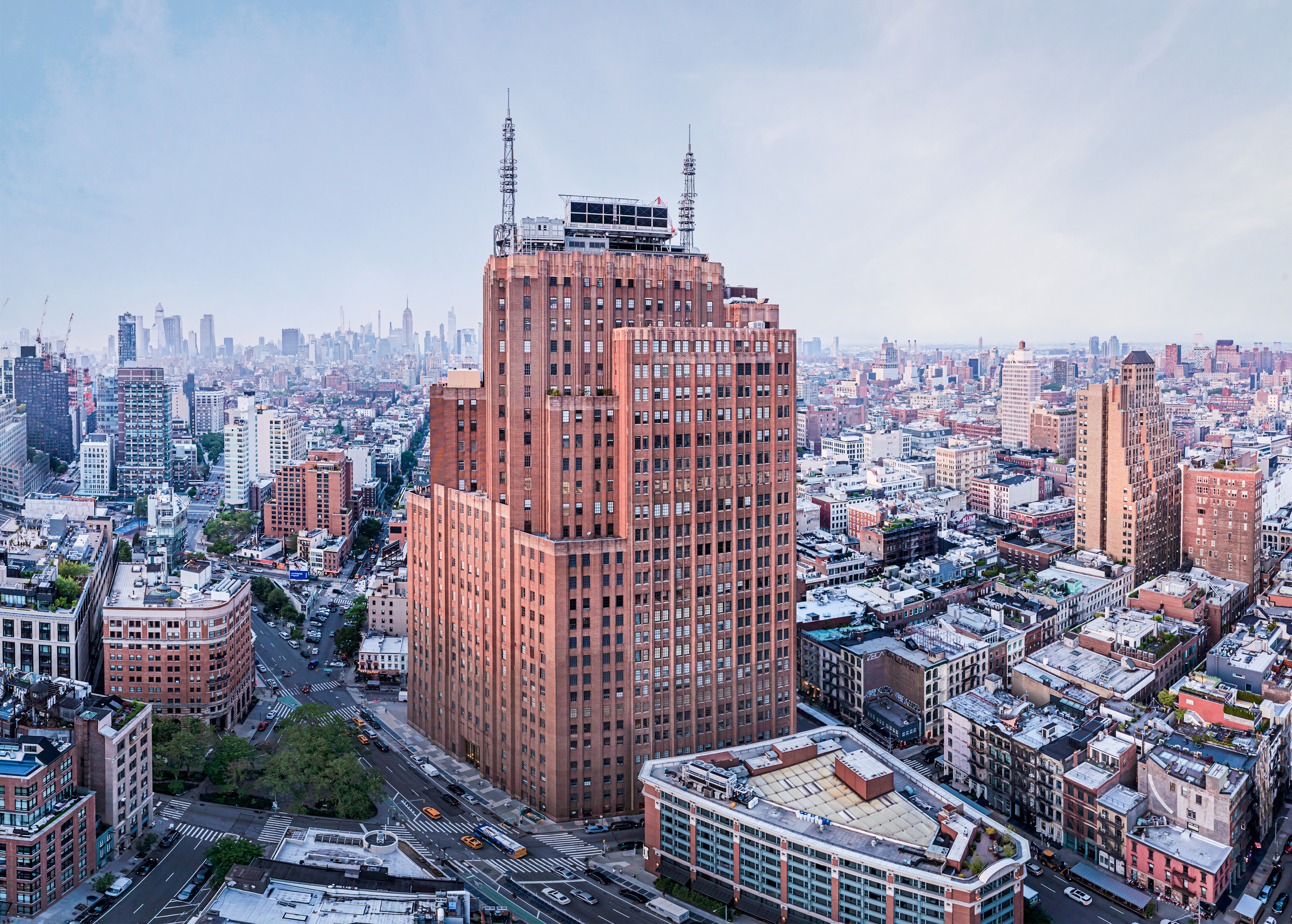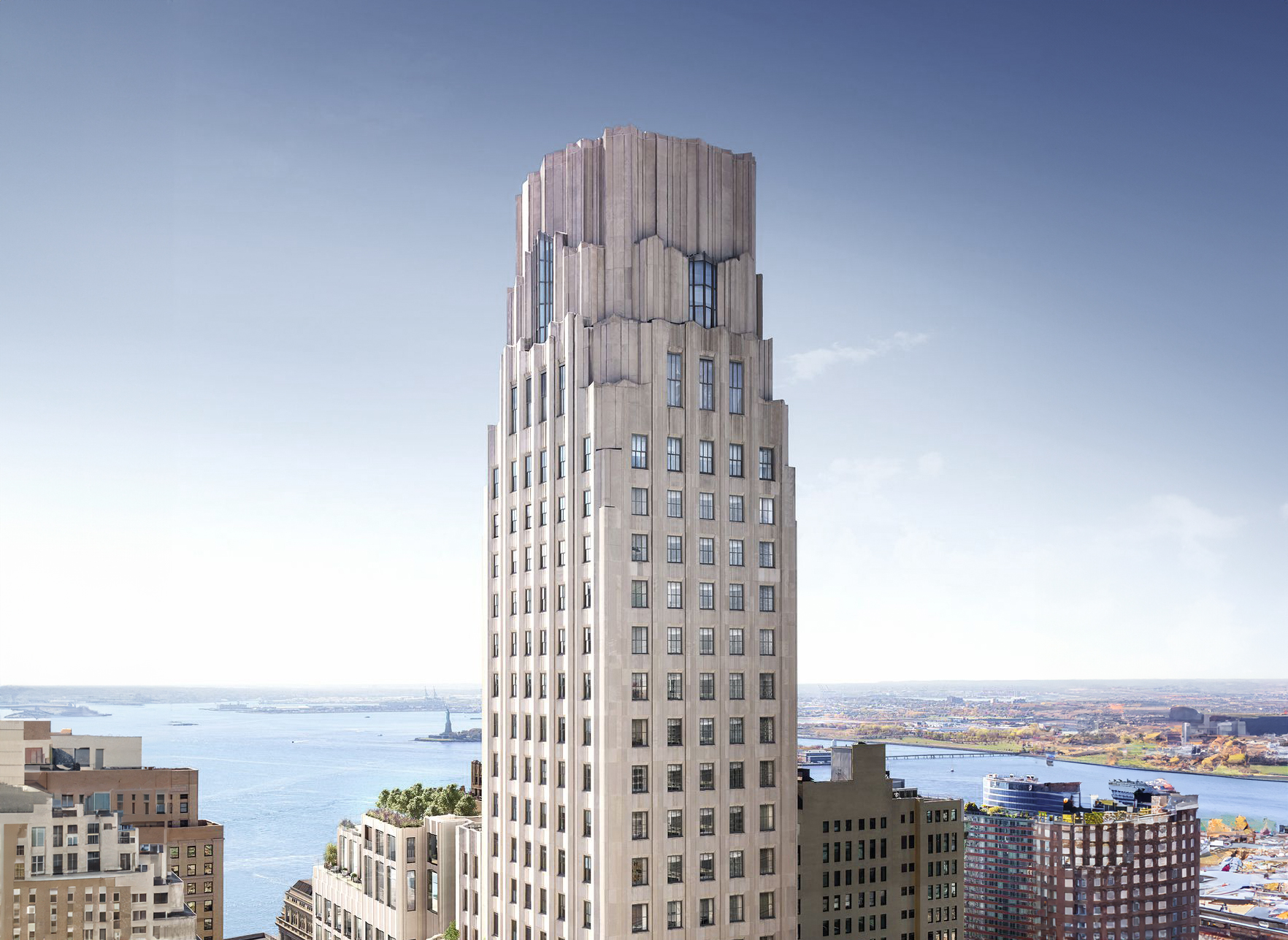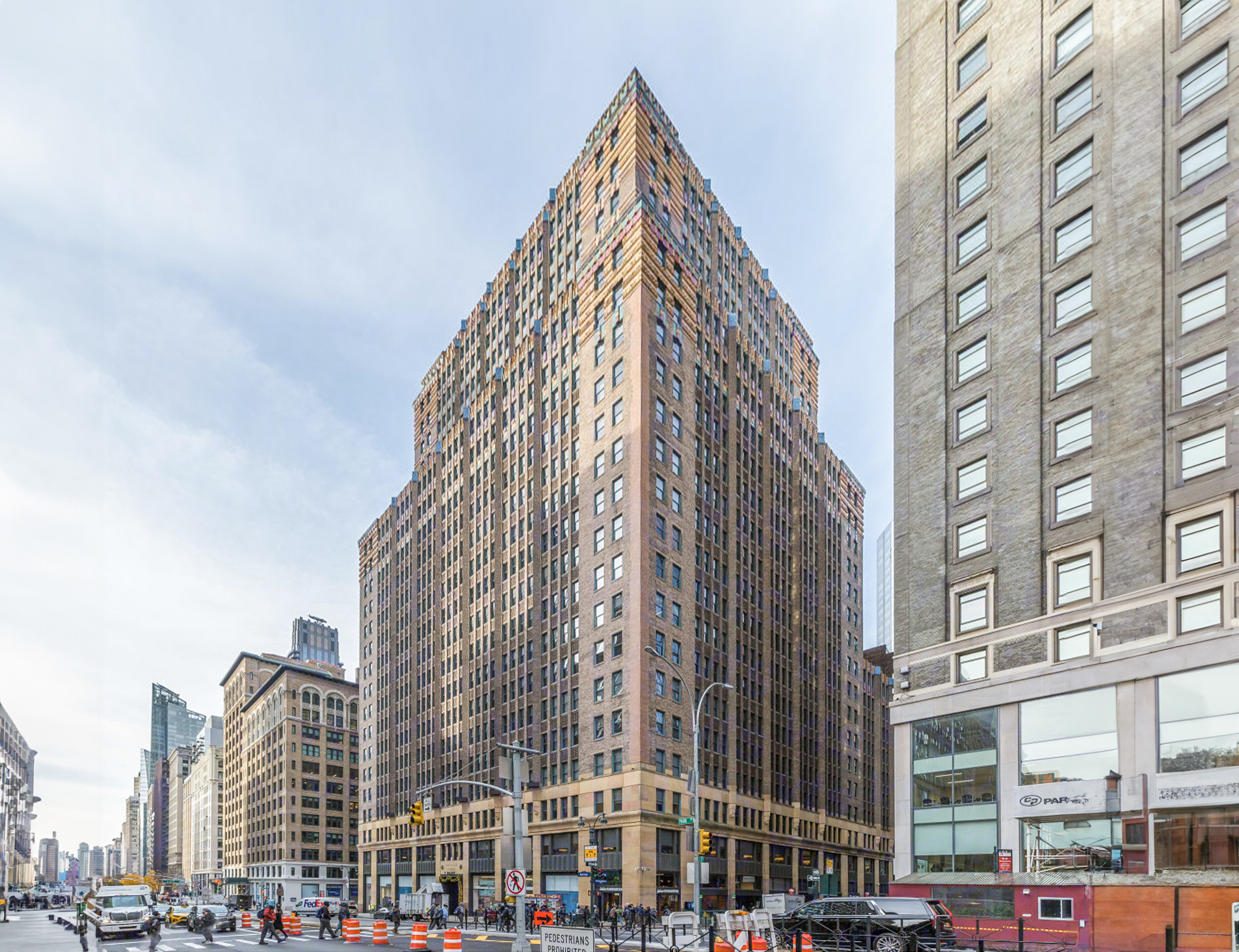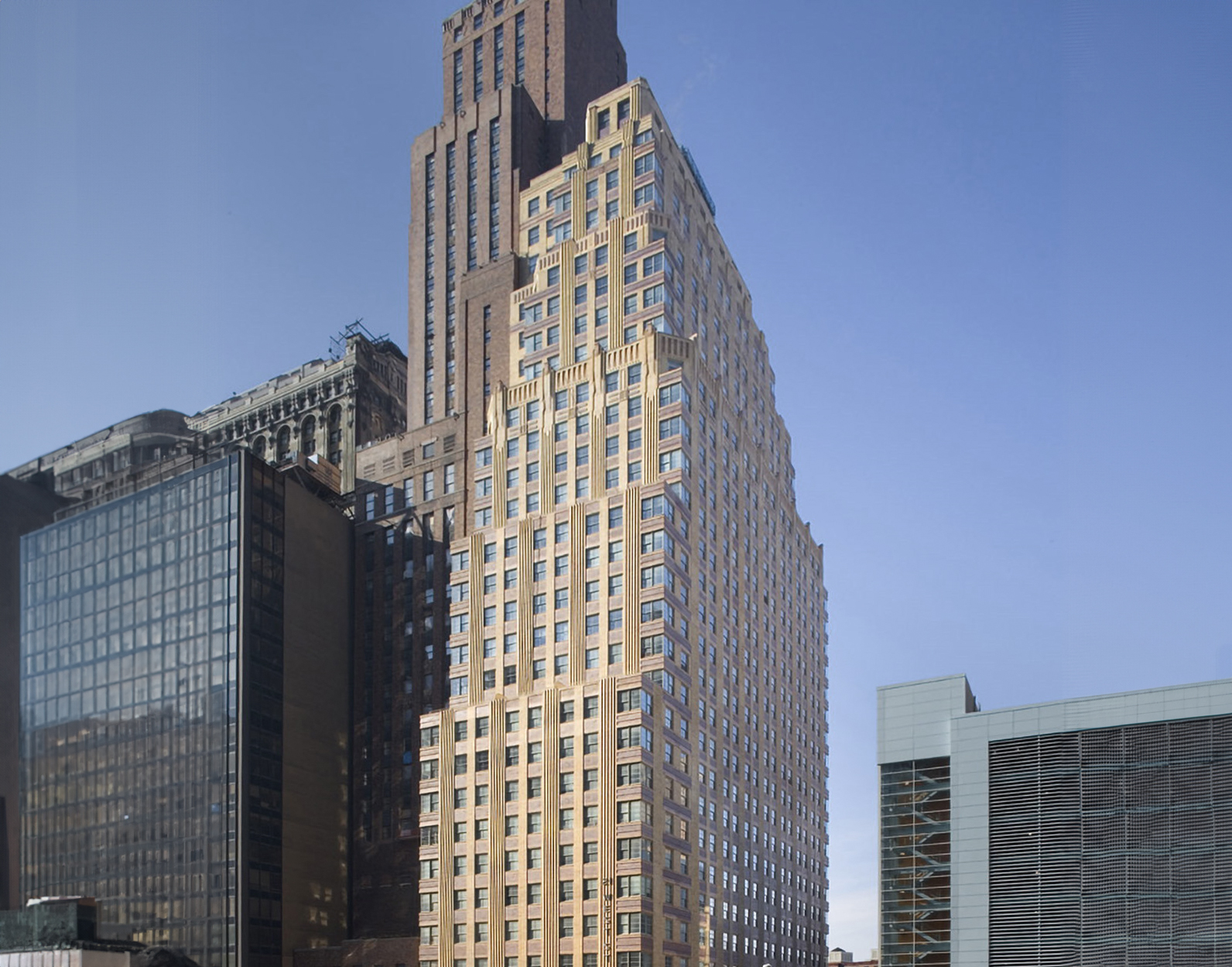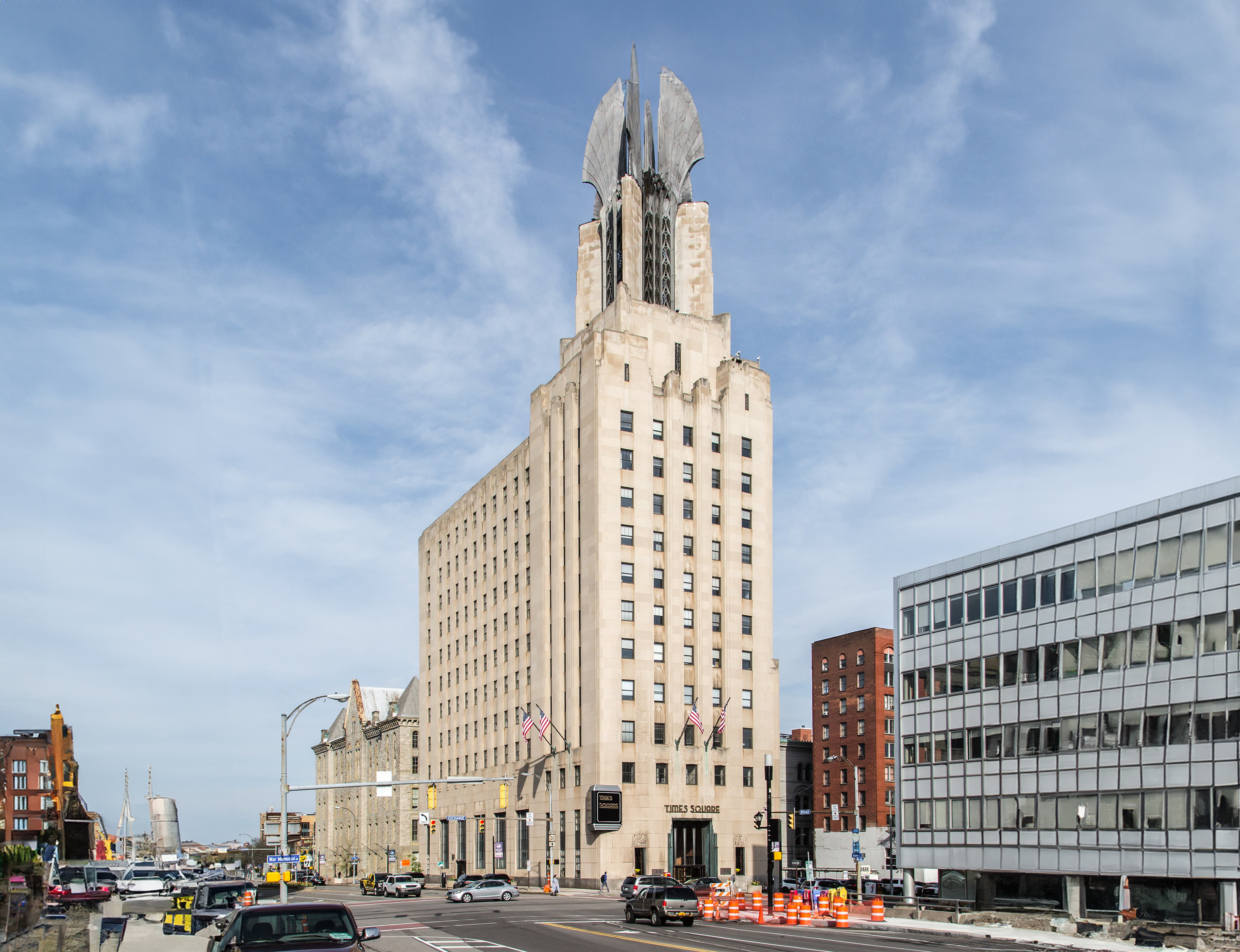The 32 Avenue of the Americas Building is an Art-deco skyscraper designed by Voorhees, Gmelin and Walker, and built between 1929 and 1932 in New York, NY.
32 Avenue of the Americas Building is not the only name you might know this building by though. It is common for companies to want to attach their names to iconic buildings when they move in, or for the general public to come up with nicknames, and this one is no exception. The 32 Avenue of the Americas Building is also known, or has been known as, AT&T Long Lines Building, AT&T Building, or 32 Sixth Avenue.
Its precise street address is 32 Sixth Avenue, New York, NY. You can also find it on the map here.
The 32 Avenue of the Americas Building is a structure of significant importance both for the city of New York and the United States as a nation. The building embodies the distinctive characteristic features of the time in which it was built and the Art Deco style. Because of that, the 32 Avenue of the Americas Building was officially declared as a national landmark on October 1st 1991.
The building underwent a major restoration between 2001 and 2001. The architect commissioned to undertake this restoration was Fox & Fowle Architects .
